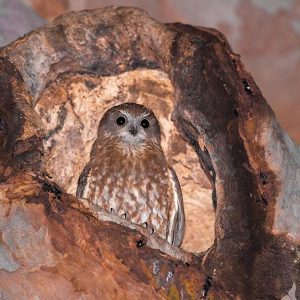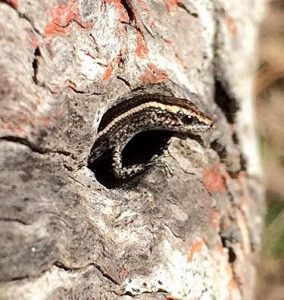
Local residents are being called on to be part of Hollows as Homes, an exciting new citizen science project which aims to better understand the importance of tree hollows as habitat for wildlife in our urban areas.
Campbelltown City Council is one of 30 councils getting behind the project which is being co-ordinated by the Royal Botanic Gardens, the University of Sydney and the Australian Museum.
Residents are needed to help find and monitor the tree hollows and artificial nests being used by wildlife in backyards, parks or paddocks and on streets, and report their observations here.
• To help residents take part in the project, Campbelltown Council will host a Hollows as Homes workshop on Thursday, November 3 in the civic centre, Queen Street, from 6pm to 8pm.
Mayor of Campbelltown, Cr George Brticevic, said around 300 animal species in Australia – including birds, possums, frogs, lizards and insects – relied on tree hollows for their survival.
“Sadly, the number of large, hollow-bearing trees are declining,’’ Cr Brticevic said.
“That makes it critical that we gather as much information as we can about the location and type of hollows, and the wildlife using the hollows, so we can develop a plan to preserve their habitat.
[social_quote duplicate=”no” align=”default”]“This project gives participants the chance to play a hands-on role in making a difference to the future of Australian wildlife.[/social_quote]
“I encourage residents to come along to the community presentation and find out how you can help,” Cr Brticevic said.
To book a spot at the workshop email, michael.rhydderch@campbelltown.nsw.gov.au, or call 4645 4601.
To find out more about the project, visit the website here.


Nea Makowski
Tree hollows provide shelter for our wildlife, but trees can take at least 100 years to develop hollows, and this is where nest boxes can come in handy. Come along to the free Hollows as Homes community workshop to learn more!
Thanks for your advice Nea
Shared